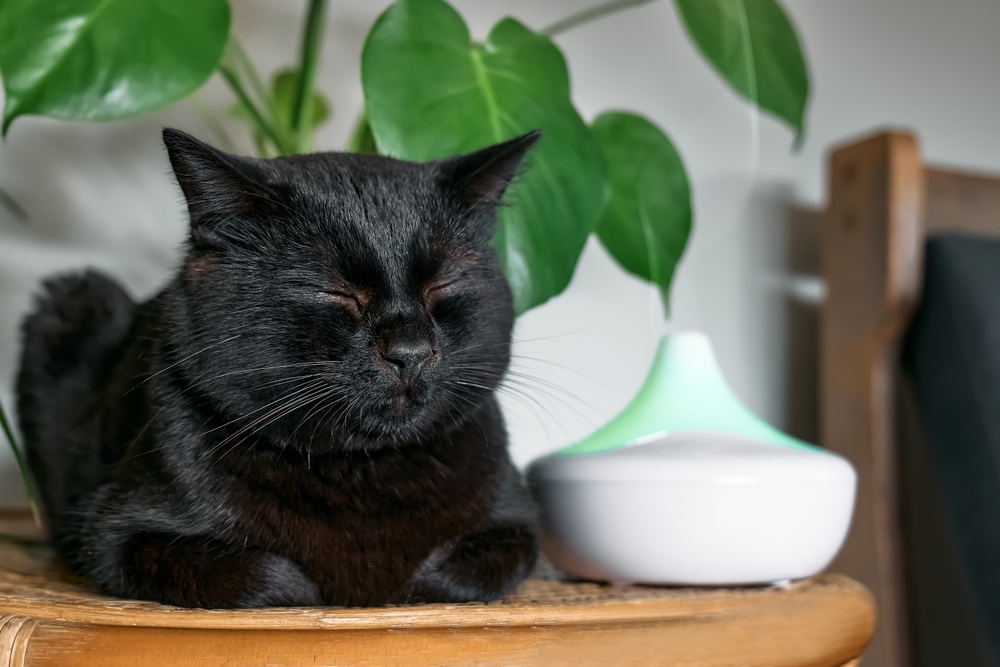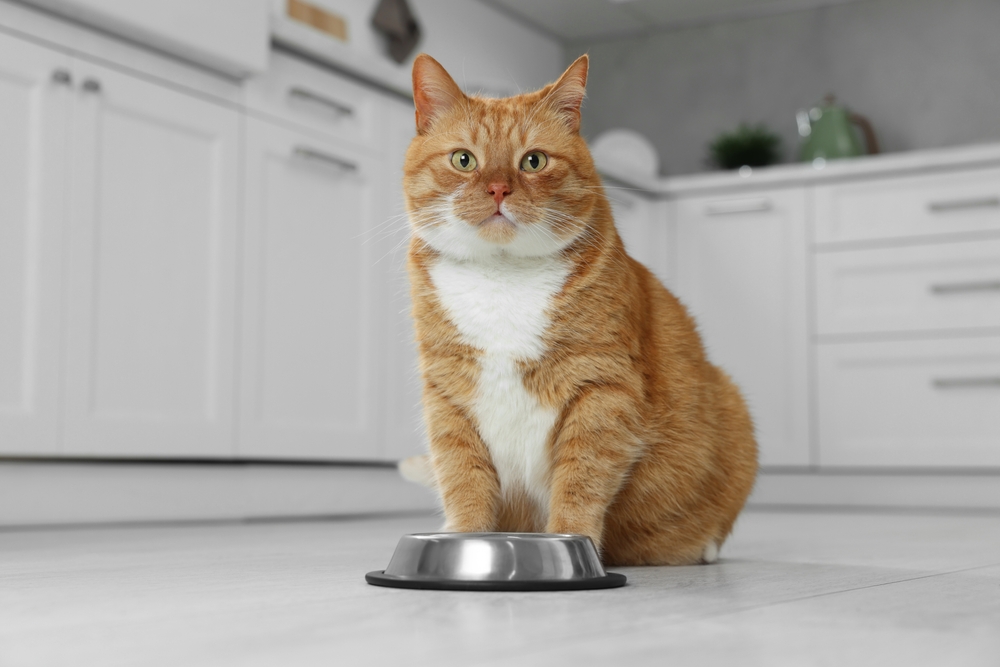When your cat’s sparkly, extremely expressive eyes are all of a sudden all goopy with eye boogers, you might be caught a bit off guard. Well, how did that happen so fast? What’s exactly causing it and how can you stop it?
Well, the good news is that there are plenty of effective ways to provide your cat relief and get their eyes looking enchanting in no time. The first thing you need to do is to figure out what’s wrong with your cat’s eyes. Now, here’s how to tell if your cat has an eye condition, or what kind of eye discharge it can be.

What are cat eye boogers?
Eye boogers also include any kind of discharge excreted by the eye. This can easily include tears, crusty debris found at the corners of the eyes, mucus-like green or yellow discharge, or sometimes even blood.
The eyes are always producing this tear film that slowly covers the surface of the eye to protect it. Under healthy conditions, this tear film combines with regular blinking. Its purpose is to be some sort of windshield wiper, to clear any dust and debris from the surface of the eye.
When there’s an issue with the eye, this system rapidly ramps up, producing more tears and mucus, trying to protect the eye along with additional secretions that could be part of an immune response.
Depending on the underlying cause of the issue, different types of eye boogers might show up. While some of those secretions are meant to have their own protective function, others are nothing but a clear sign of dysfunction.
It’s always mandatory to check with a vet when there’s a sudden increase in eye discharge or any other signs of abnormalities with the eyes. The eyes are extremely delicate, and the smallest issues can rapidly become more serious, leading to various complications or even long-term damage to the eyes.
Common causes of cat eye boogers
There are various possibilities as to why cats have eye discharge. It’s more often than not that easy to determine the cause solely based on the appearance of the discharge alone. Your vet can, however, thanks to their specialized equipment and tests used to determine the cause of the cat’s eye discharge. Some of the most common causes are:
- infections – eye infections can lead to conjunctivitis, which is why they are the most common cause of eye discharge in cats. This is especially common in young kittens and cats with compromised immune systems. The most common infection cats can suffer from (in their eyes) is a virus known as herpesvirus (FHV-1). However, they can also get other infections, such as calicivirus and some strains of bacteria. When cats suffer from an eye infection, it is quite painful, and they will often squint or completely shut their eyes. Their eyes might even look red, and swollen, with lots of tears and mucus discharge. More often than not, both eyes are affected by this eye infection.
- allergies – Cats that have allergies could develop eye discharge and at times, it can also develop conjunctivitis. You could notice a more seasonal pattern to your cat’s eye problems if they have certain allergies to plants and pollen.
- foreign bodies – Any foreign objects that get into the eye might cause plenty of irritation and pain. This can be virtually anything, from plant material to dust or even small pieces of their own nails. In response to this irritation, the eye can create lots of tears, in its attempt to flush out the foreign material. Moreover, it can secrete additional mucus. This is a painful condition, and cats might hold their eye shut tight, especially if there is a foreign body stuck in their eye. They can also vocalize or rub their eye repeatedly because of the pain. As a general rule, only one eye is affected by a foreign body at a time.
- anatomical issues – Some cats could be born with conditions that interfere with the normal function of their eyes. This can also lead to multiple problems, such as eye discharge. Some examples of these conditions, where the eyelids are rolled inwards, known as entropion, can cause the eyelashes to rub on the surface of the eye and cause irritation. Other examples also include eyelid agenesis, where the eyelids aren’t fully formed, preventing the eyelids from closing all the way and interfering with normal blinking. These are also known as chronic conditions, which means they will be a long-term problem for kittens that don’t get better on their own. Many can even require surgery to correct them.
- breed-specific issues – Purebred cats with unique facial and eye conformation are more at risk for certain eye conditions that can rapidly lead to excess discharge. For instance, cats with flatter faces such as Persians and Scottish folds might suffer from abnormal or blocked tear ducts, which can further cause tears to overflow out of the eyes, creating tears and tear stains on their faces. These breeds along with others that seem to suffer from bulging eyes are also more at risk for eye injuries, especially since their eyeball is exposed. This can also lead to irritation and injuries to the surface of the eye, which can further cause excessive tears.
Normal vs abnormal cat eye boogers
Most eye discharge is abnormal. A cat with healthy eyes should present bright, clear eyes without continuous discharge. Cats might get the occasional eye crust at the inner corner of their eye, and this is also part of the eye’s self-maintenance program to flush out any residual irritants and remove them from the eye.
But if you notice that your cat has discharge at the corner of their eyes throughout the day, this is excessive and is a sign that something might be wrong. Moreover, if instead of a small dried crust, you notice large amounts of green and yellowish mucus-like discharge or a discharge that resembles pus or has blood, these are serious signs of a medical problem.
When there’s an eye issue, the discharge will generally be accompanied by additional signs such as redness, swelling, squinting, and closing the eye completely.

When you should see a vet
All eye issues warrant a trip to the vet as soon as possible. This is mainly because a cat’s eyes are quite delicate and very important. A minor issue with the eye can rapidly escalate to a major problem. If left untreated, eye issues can rapidly lead to permanent vision loss and other serious complications.
Besides, the eyes are extremely sensitive and many eye conditions are quite painful for cats. It is also mandatory to seek veterinary attention to get the much-needed relief and start healing as soon as possible.
Home remedies
Medical issues with the eye can’t be treated or cured with home remedies, but there are a few things you can try at home to support your cat’s healing process as soon as they have seen a vet and are on effective medications for their eye condition.
If your cat tolerates it, use a product such as artificial tears to gently flush out any discharge that could be stuck in the corners of the eyes. Make sure you check with your vet first, since this could interfere with topical medications you are already using. Make sure you never touch the surface of the eye with the tip of the eyewash, since it might cause injuries.
If you found this article useful, we also recommend checking: Funny Wildlife Habits: Exploring 10 Amusing Quirks of Our Wild Neighbors












